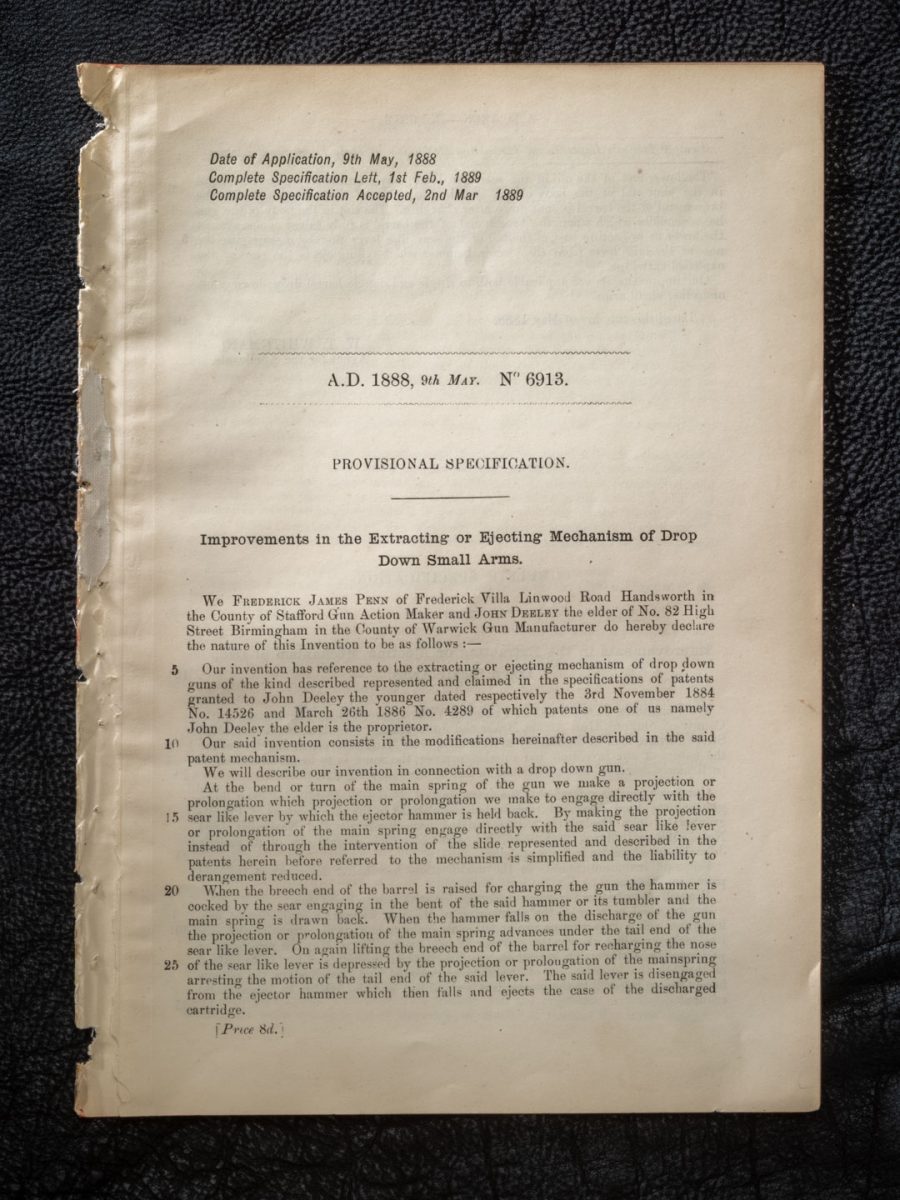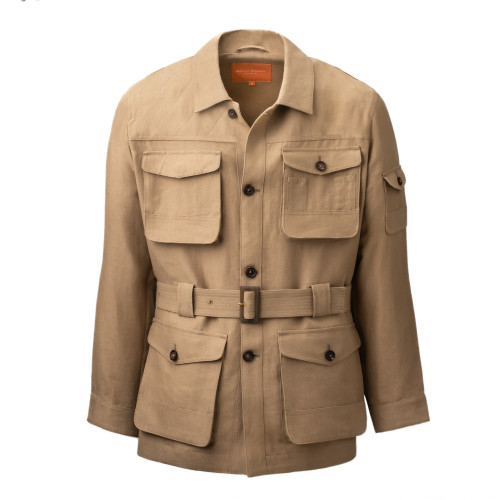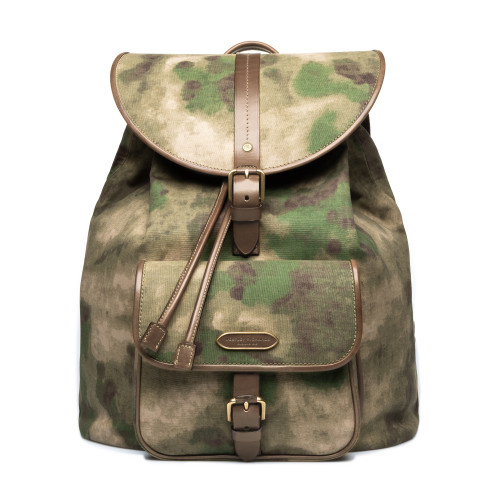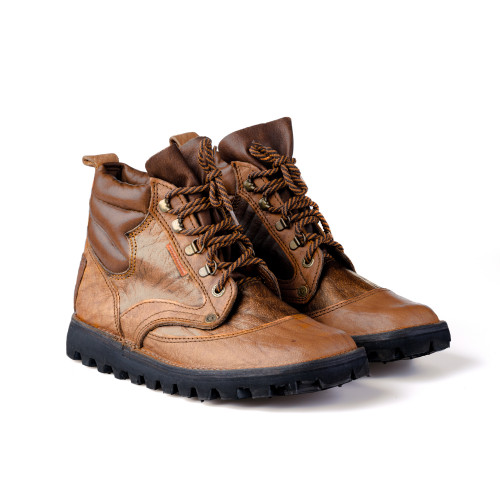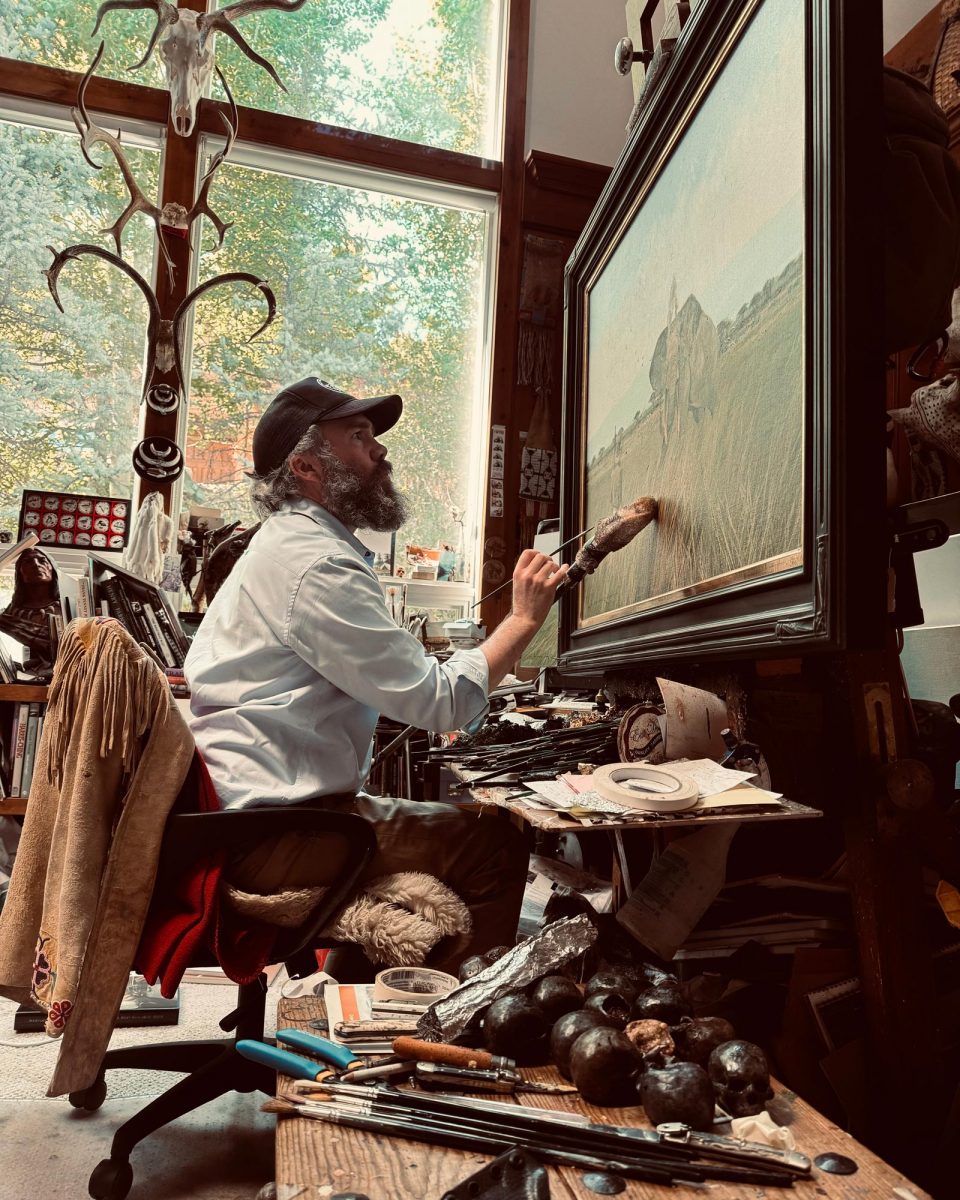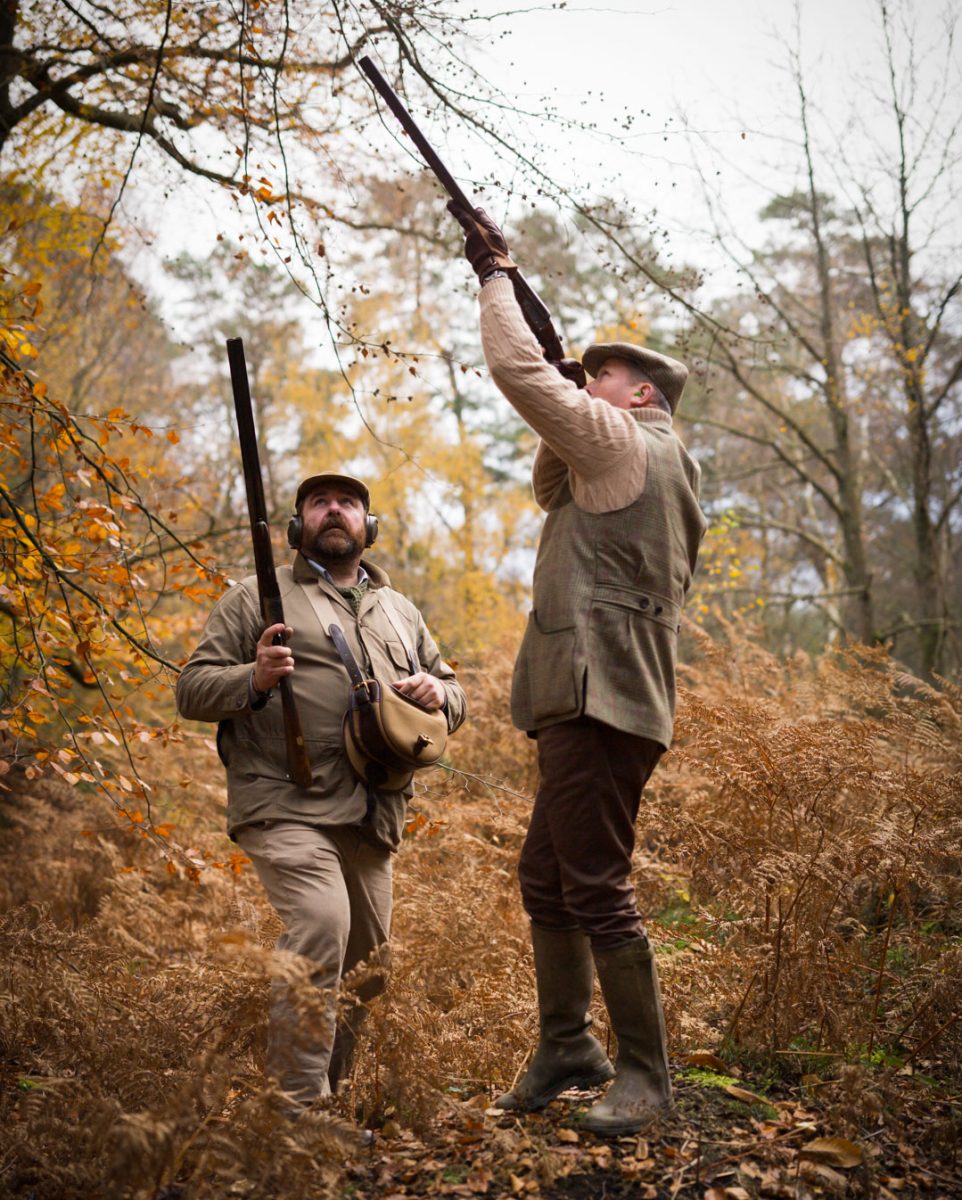Lock-work was the first key step in bringing guns from the hammer era into the hammerless era. Once perfected, additional refinements were added, according to desirability and demand.
In the heyday of formal driven shooting, which was something of a competitive sport in the early 20th century, with estates boasting of their bags in the national press, speed was paramount; second only to reliability.
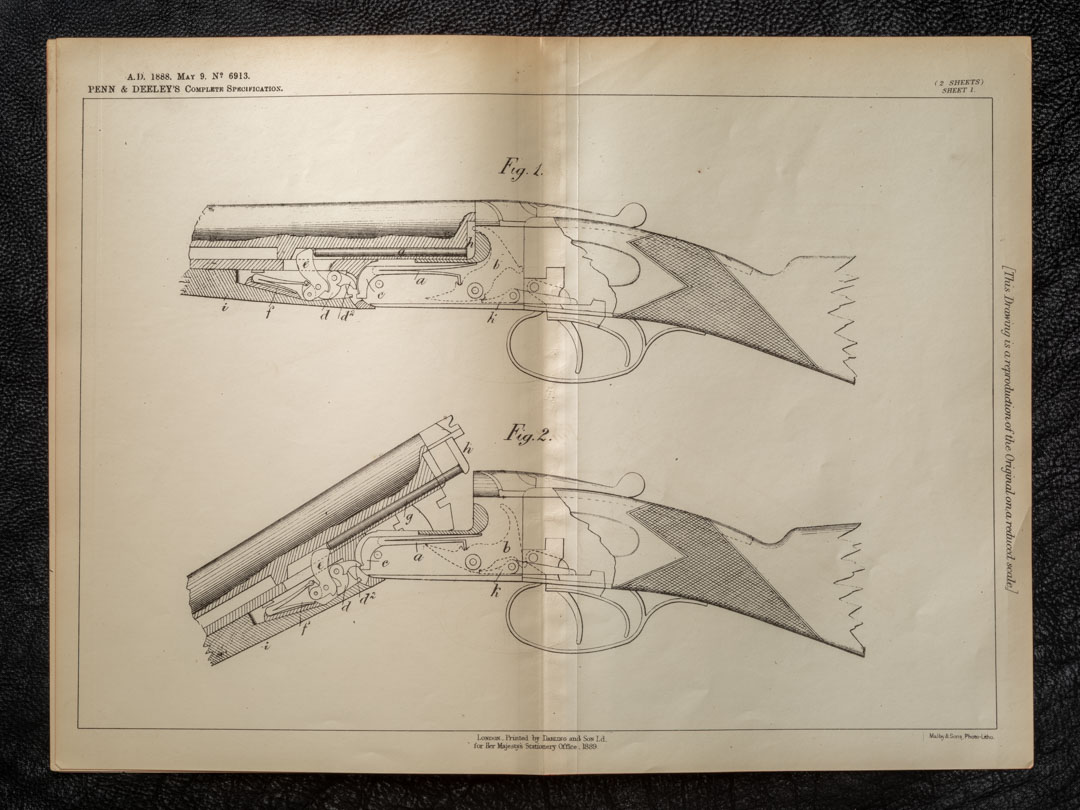
To increase the shots-per-minute potential of their guns, gunmakers began to devise time-saving devices to automate actions that were, until then, manual. The Anson & Deeley locks already incorporated automatic cocking, through the concept of using the barrels as a cocking-lever. So, manual cocking was a thing of the past.
Next, the automatic expulsion of fired cases would be targeted, requiring the sportsman (or his loader) merely to introduce new cartridges into the awaiting, empty, chambers.
The first ejector system to enervate the public was devised by a Birmingham gun-maker called J.V. Needham. These ejector guns are easily recognized by the presence of a projection through the bottom of the bar. They became the basis for Greener’s ejector work for the next thirty years after Greener bought Needham’s business and the rights to the idea.
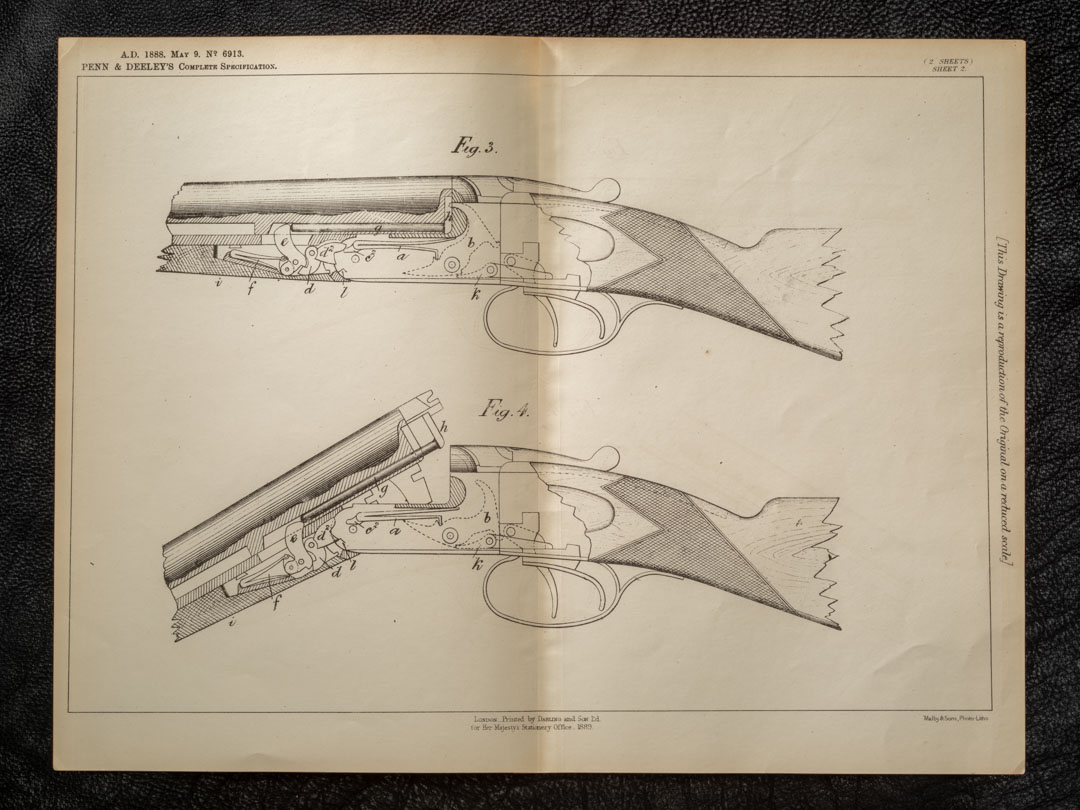
However, time has shown us that ejectors incorporated into the action of the gun, or working off the lumps, are generally ‘fiddly’ and unsatisfactory. Today, most (in fact almost all) gunmakers use ejector systems located in the forend.
For ours, we have to thank one of our own: John Deeley the Younger.
We have in our possession original patent specifications and drawings from 1884, pertaining to Patent No. 14526 for 3rd November of that year, which describes ‘Improvements in the extracting mechanism of drop-down small arms’.
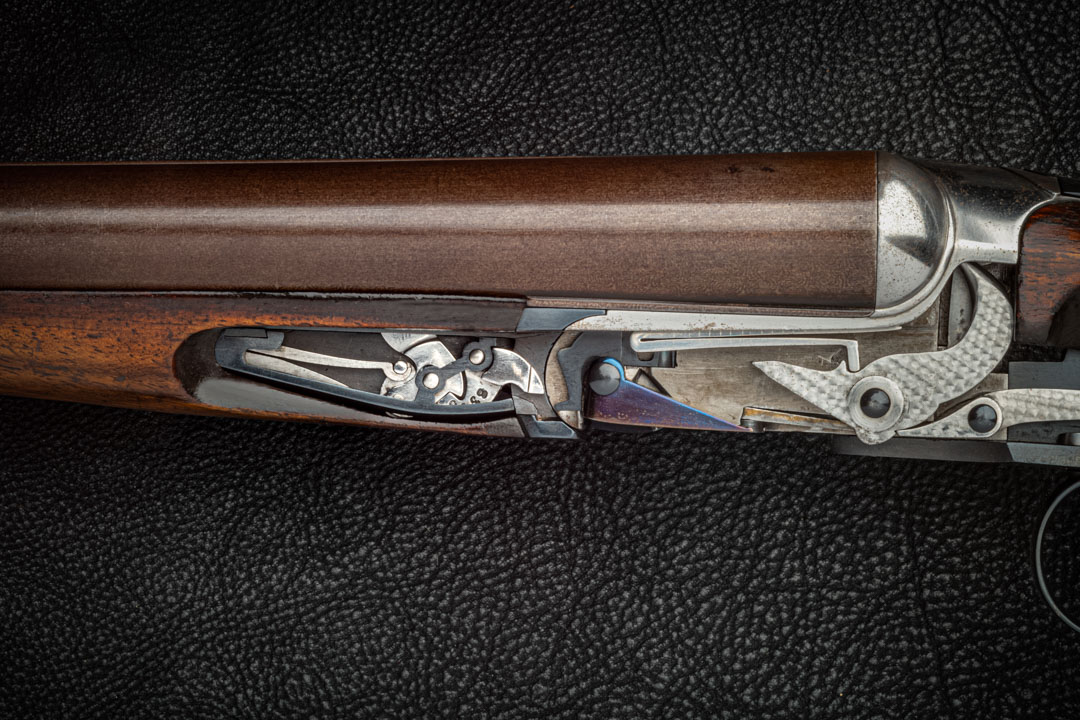
Deeley (the son of John Deeley the Elder) notes as his starting point that in current models the passage of the spent case is ‘started or drawn a short distance’ (by the raising of the split extractor) when the gun is opened.
He explains his design employs this initial movement in the conventional manner but adds ‘the mechanism herein described whereby the ‘started’ cartridge case is ejected from the barrel’.
What we are contemplating here is the Deeley Ejector, which went through several modifications, with further amendments in 1894 and 1896.
The original concept is essentially two lock mechanisms built onto the forend; one to fire each extractor rod with sufficient force to expel the spent case without manual interference.
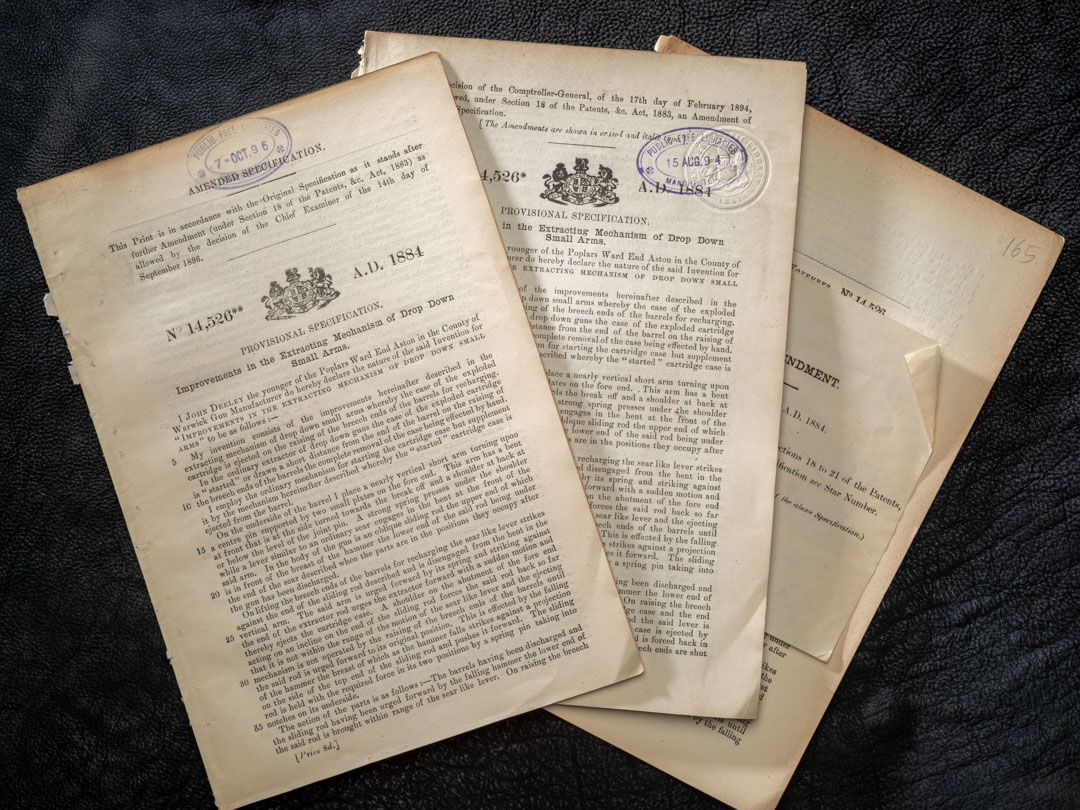
The lock consists of a leaf spring and a hammer and is fired by a trip extending through the knuckle, activated by the forward movement of a sliding rod when the gun is fired and the hammer rotates on its axis and bears down on the cartridge cap.
The most modern version of the patent stems from a design dated 9th May 1888, and given Patent No.6913.
In this patent, taken out by John Deeley The Elder and Frederick James Penn, the sliding rod is dispensed with and the forward movement of the mainspring becomes the means of activating the forend-housed lock.
The elbow of the spring carries a ‘sear like lever’ forward with it when is fired, releasing the ejector hammer, via an interim limb; thereby activating ejection.
Like many good ideas, it is simple. Making use of the fact of the forward movement of the mainspring as a by-product of discharging the Anson & Deeley lock work is just smart mechanics.
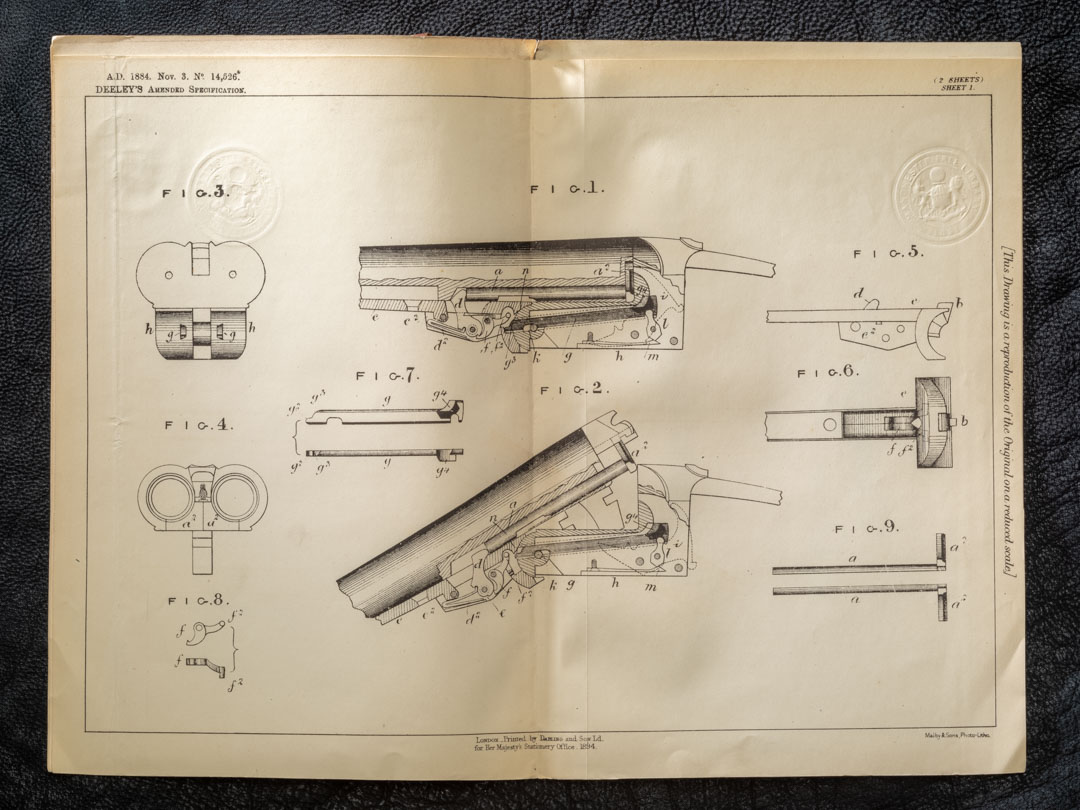
Recognising the firing of an extractor rod as a similar process to the firing of a cartridge and building a secondary lock to fire it is brilliantly logical.
The ‘Deeley Ejector’ has been used by makers of Anson & Deeley type guns built by dozens of other firms over the subsequent decades. It is a simple, reliable system and is suited to Anson & Deeley actions and Deeley & Taylor patent ‘drop-locks’.
Many of these guns are now over a hundred and twenty years old and worn ejector work, like any worn mechanical device eventually becomes unreliable and defective, this is exacerbated by related factors like loose or worn jointing, drops or related geometry.
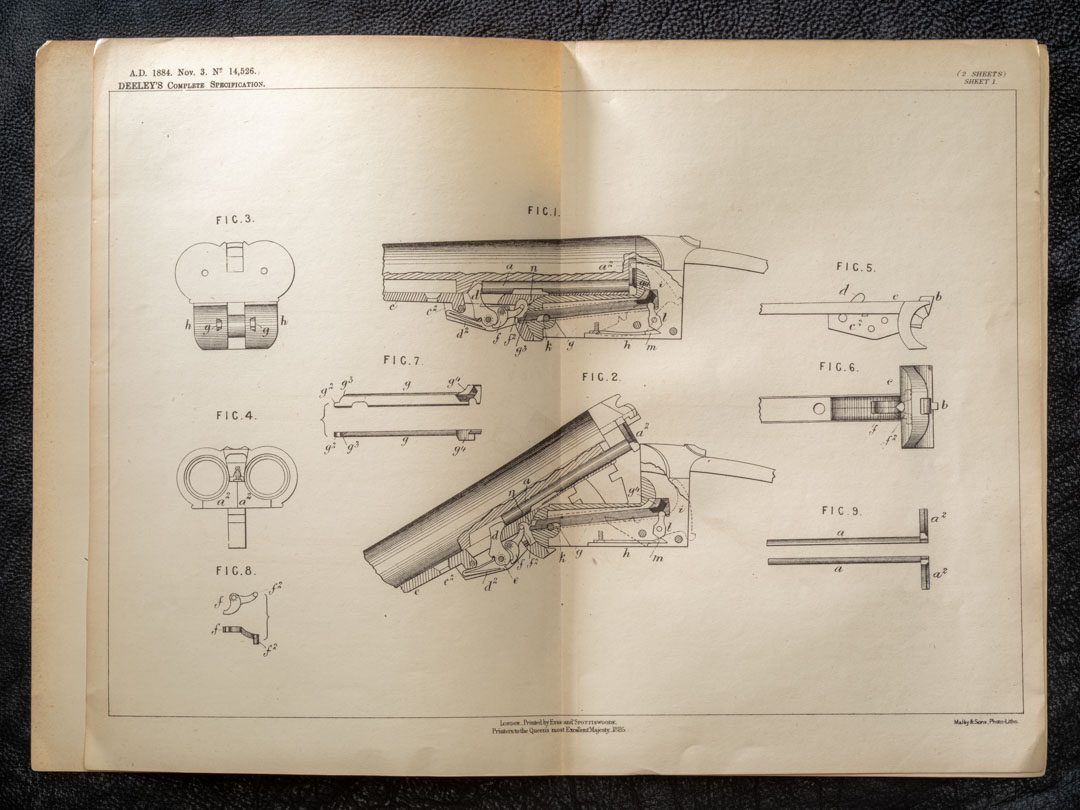
We are confident that our ejector system is the equal of any for the lifetime of our guns and rifles and a little proud that yet another of the cornerstones of the modern sporting gun can be traced directly back to our own factory.
After perfecting automatic ejecting, the next ‘big thing’ for gun-makers was the single trigger. But that is a story for another day.
The Explora Blog is the world’s premier online journal for field sports enthusiasts, outdoor adventurers, conservationists and admirers of bespoke gunmaking, fine leather goods and timeless safari clothes. Each month Westley Richards publishes up to 8 blog posts on a range of topics with an avid readership totalling 500,000+ page views per year.
Blog post topics include: Finished custom rifles and bespoke guns leaving the Westley Richards factory; examples of heritage firearms with unique designs and celebrated owners like James Sutherland and Frederick Courtenay Selous; the latest from the company pre-owned guns and rifles collection; interviews with the makers from the gun and leather factory; new season safari wear and country clothing; recent additions to our luxury travel bags and sporting leather goodsrange; time well spent out in the field; latest news in the sporting world; and key international conservation stories.



 Enquire
Enquire







